There’s something undeniably captivating about the idea of creatures believed to be extinct still roaming the earth. Maybe it’s the allure of the unknown or the sheer romance of nature’s secrets. Whatever the reason, the stories of these vanished beasts continue to intrigue people. Here are 10 extinct creatures that people are convinced are still out there, defying the odds and science.
1. The Thylacine
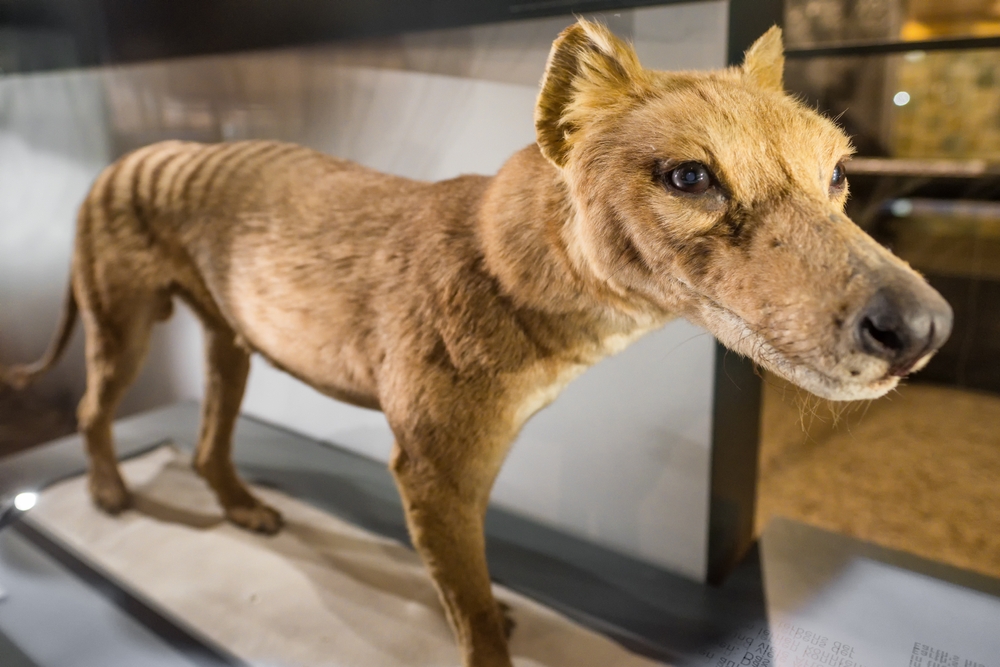
Often dubbed the Tasmanian Tiger, the Thylacine is a fascinating creature with a striking resemblance to both a dog and a tiger. Officially declared extinct in 1936, this marsupial predator once roamed Tasmania, New Guinea, and the Australian mainland. Despite its extinction status, reported sightings continue to emerge, sparking excitement and skepticism in equal measure. People swear they’ve seen its characteristic striped back and stiff, kangaroo-like tail in the remote wilderness areas of Tasmania.
Research published in the Journal of Zoology suggests that environmental factors could indeed support small, hidden populations, especially in areas less disturbed by human activity. However, concrete evidence—like bones or scat—remains elusive. This lack of tangible proof fuels both the mystery and the fervor surrounding the Thylacine’s potential existence. It’s a modern-day cryptozoological phenomenon, prompting questions about how we define extinct.
2. The Passenger Pigeon

Once numbering in the billions, passenger pigeons were a natural spectacle across North America. Their skies-darkening flocks disappeared rapidly due to hunting and habitat destruction, with the last known bird dying in captivity in 1914. Despite their declared extinction, some people hold onto hope, buoyed by anecdotal sightings. These hopes are often tied to remote forested areas where small, undetected flocks might have survived.
The possibility of undiscovered pockets of passenger pigeons captures imaginations and ignites debates about what extinction truly means. While most scientists remain skeptical, the resurgence of interest in these birds highlights humanity’s complex relationship with nature. The passenger pigeon’s story also serves as a cautionary tale about our environmental impact. Whether wishful thinking or potential reality, the idea of their existence keeps conversations about conservation alive.
3. The Ivory-Billed Woodpecker
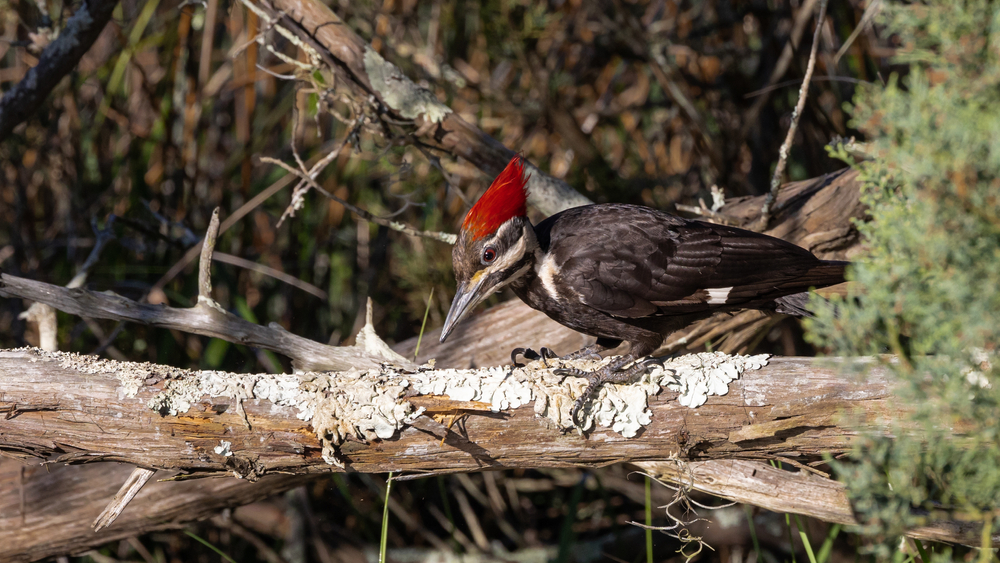
The ivory-billed woodpecker is often considered the Holy Grail of birdwatching. Declared extinct or nearly so in the mid-20th century due to habitat loss, reports of its survival persist, particularly in the dense swamps of the American South. The tantalizing possibility of its existence has led to numerous expeditions, fueled by grainy footage and compelling yet inconclusive sightings. Birders and ornithologists alike cling to hope, armed with binoculars and high expectations.
A study published in the journal *Science Advances* examined historical sighting data, suggesting that small, elusive populations could still exist. Yet, the lack of definitive evidence remains a stumbling block for many in the scientific community. The debate continues, illustrating the tension between hope, proof, and the power of belief. Even without concrete proof, the ivory-billed woodpecker symbolizes resilience and the enduring allure of the wild.
4. The Megalodon
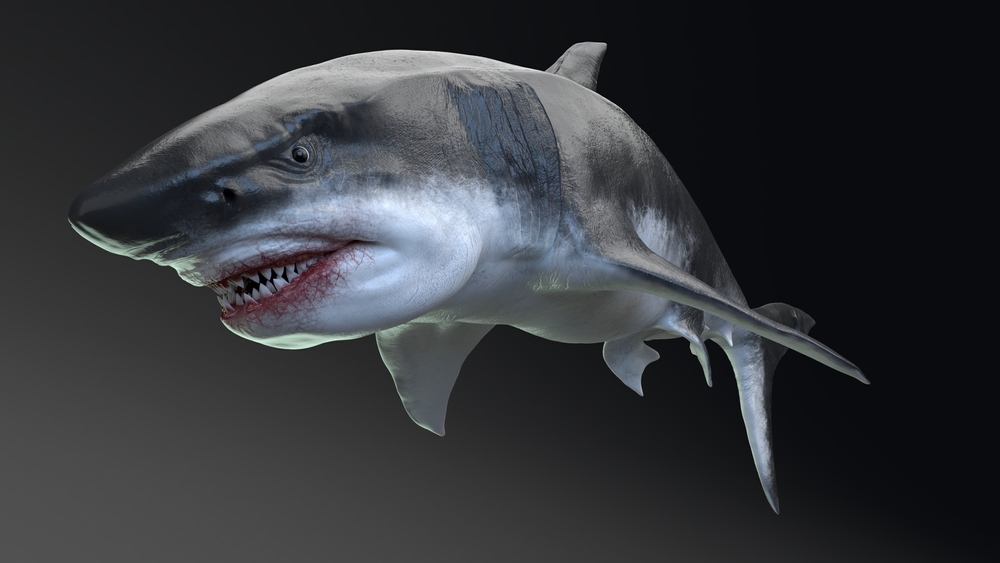
Few creatures capture the imagination like the Megalodon, a prehistoric shark whose size dwarfed any fish alive today. Officially extinct for millions of years, this massive predator is still the stuff of nightmares—and legends. Popular culture and reports of gigantic shadows in deep waters fuel the belief that Megalodon might still patrol the ocean depths. While science hasn’t found evidence to support this, the ocean’s unexplored vastness leaves room for speculation.
The idea of Megalodon surviving in uncharted waters aligns with the human penchant for mystery. It raises questions about our understanding of the deep sea and what might still lurk within its depths. While most marine biologists dismiss the possibility, the allure of such a behemoth continues to captivate people around the world. It’s a testament to how myths endure when shrouded in just enough uncertainty.
5. The Woolly Mammoth
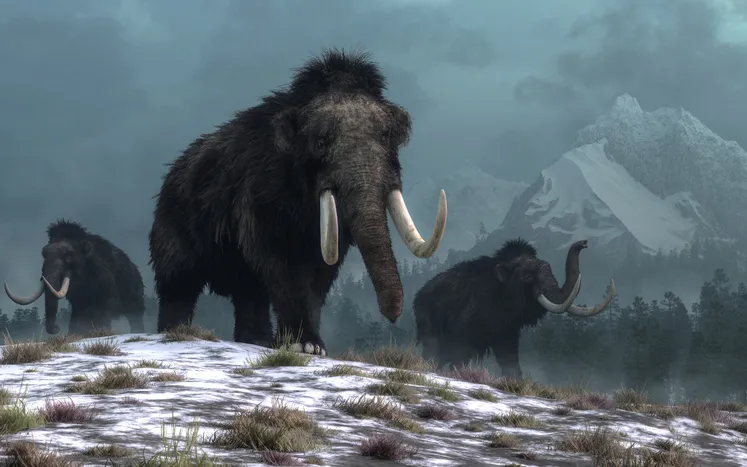
It’s difficult not to be enchanted by the image of the woolly mammoth, a creature that roamed the Earth during the Ice Age. Officially extinct for thousands of years, whispers of surviving populations persist, particularly in the remote tundras of Siberia. The idea gained traction with discoveries of remarkably well-preserved mammoth carcasses in the permafrost, fueling speculation about their continued existence. People are captivated by the thought of these majestic giants still wandering the frozen expanses.
The prospect of de-extinction, fueled by advancements in genetic engineering, has also spurred interest in the woolly mammoth. According to researchers at Harvard University, efforts are underway to bring these creatures back to life, complicating our understanding of extinction. The line between science fiction and reality blurs, as ethical and environmental implications are hotly debated. Still, the woolly mammoth stands as a symbol of nature’s grandeur and the eternal quest to reclaim the past.
6. The Moa
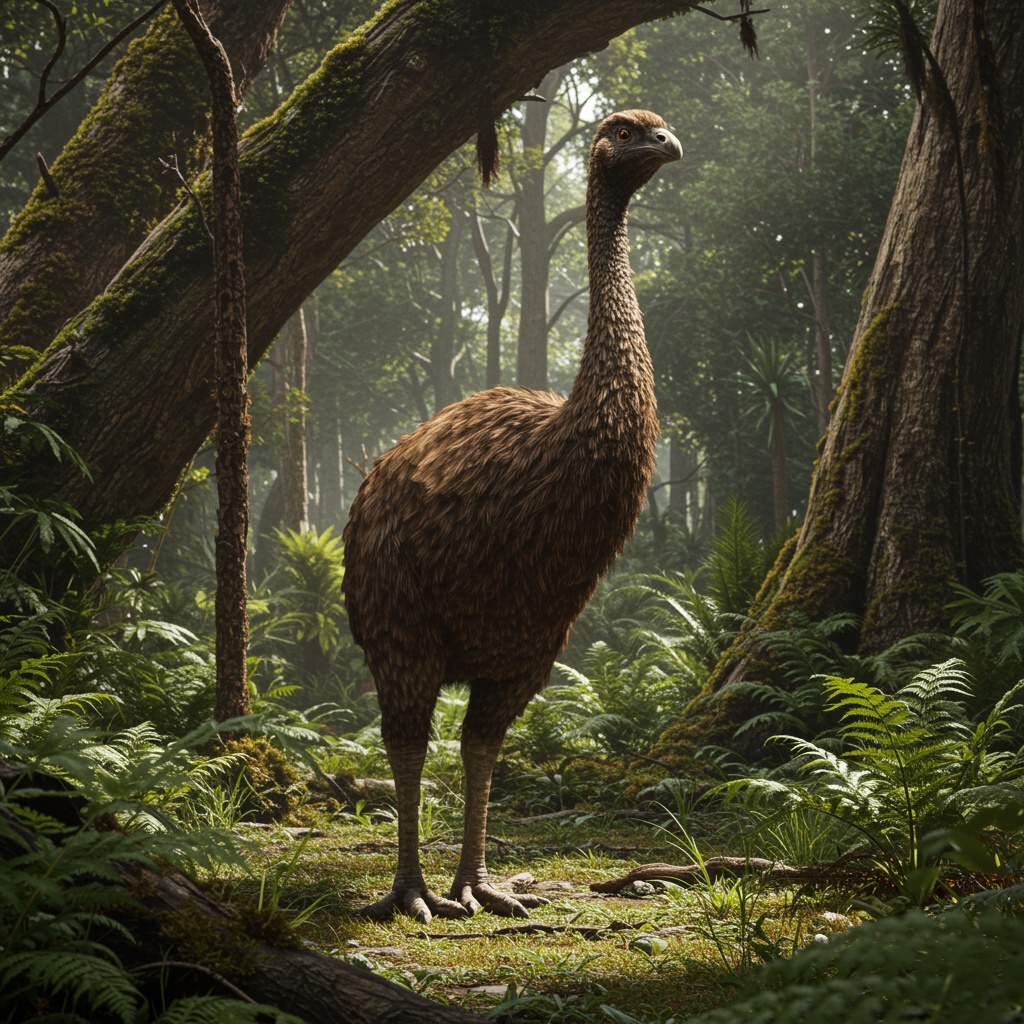
Native to New Zealand, the Moa was a flightless bird that vanished centuries ago, hunted to extinction by early Maori settlers. Yet, sightings occasionally pop up, claiming these giant birds might still haunt the remote valleys of the South Island. The idea of surviving Moa persists, fueled by the island nation’s mysterious and largely unexplored wilderness. People find it easier to believe in their survival given the inaccessible landscapes where they might hide.
The Moa’s story speaks to the enduring mystery of New Zealand’s unique ecology. It’s a reminder of how little we still understand about isolated ecosystems, and how the past continues to echo in the present. While scientifically implausible, the idea of Moa alive today is a potent reminder of both nature’s fragility and resilience. It adds an element of wonder to the already rich tapestry of New Zealand’s natural history.
7. The Dodo
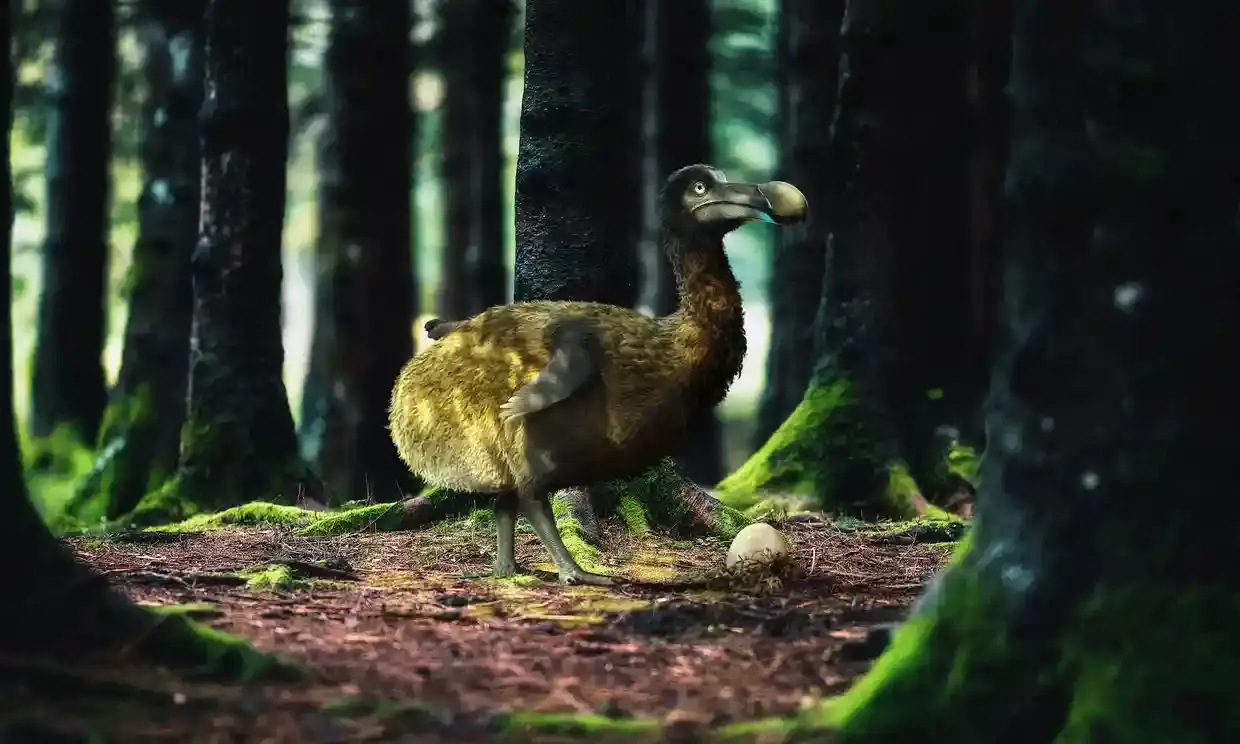
The Dodo has become synonymous with extinction since it disappeared in the late 17th century. Native to Mauritius, this flightless bird serves as one of the most famous examples of human-driven extinction. Yet, rumors of its survival persist, particularly in tales passed down through generations. Could it be that a small population managed to elude the fate that befell their kin?
A report published in the *Journal of Island and Coastal Archaeology* explores the possibility that undiscovered specimens or remains might still exist. The notion of a surviving Dodo captivates people, playing into a deep-seated desire for redemption. It questions whether extinction is ever absolute and how little we truly know about the finality of nature’s processes. In a world craving second chances, the Dodo represents the hope that lost things might, in some way, be found again.
8. The Baiji

The Baiji, or Yangtze River dolphin, was one of the world’s rarest mammals before being declared functionally extinct in 2006. Its demise was a direct result of industrialization and pollution along China’s Yangtze River. Despite this grim outcome, reports of sightings occasionally surface, hinting at the possibility of survival. Such reports are fueled by the belief in nature’s resilience, and perhaps a desire to correct past wrongs.
The Baiji’s plight reminds people of the delicate balance between progress and conservation. It’s a stark example of how human activity can swiftly tip that balance, leading to irreversible consequences. Yet, in its purported survival, the Baiji offers a glimmer of hope and a call to action for ongoing conservation efforts. It underscores the urgent need to protect endangered species before they’re lost to history.
9. The Pyrenean Ibex
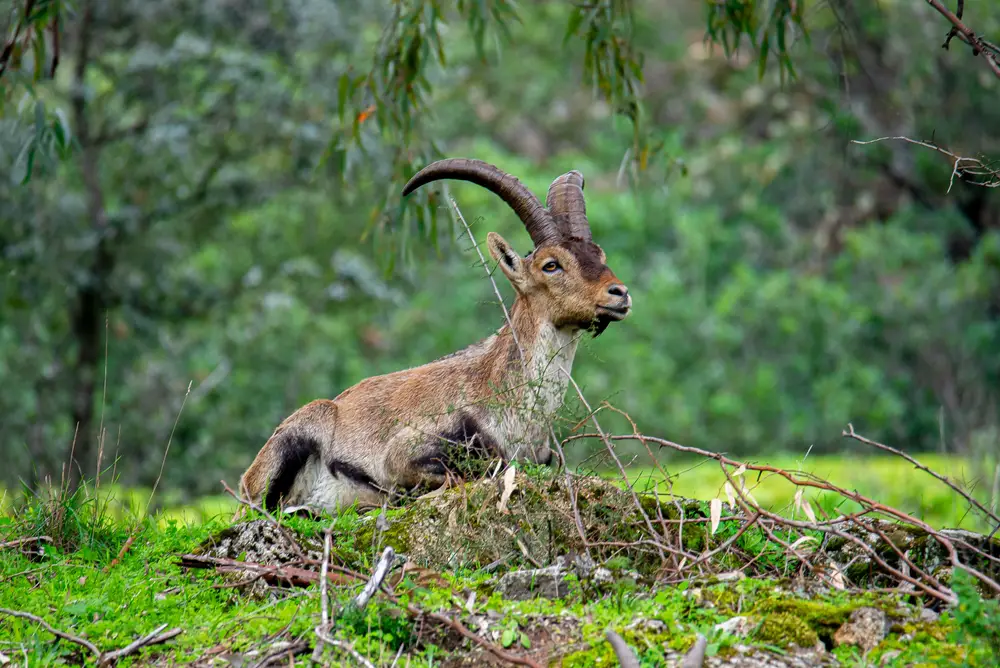
The Pyrenean Ibex, a subspecies of the Spanish ibex, was declared extinct in 2000 when the last known individual was found dead. However, the intrigue surrounding this creature didn’t end there. In a groundbreaking scientific effort, a cloned Pyrenean Ibex was born in 2003, albeit only surviving for a few minutes. Despite this fleeting success, the story captured the imagination of people and scientists alike.
This case raised questions about the limits of de-extinction and what it means for species declared extinct. It’s a reminder that while some creatures might be gone, the possibility of their return can’t be entirely ruled out. The Pyrenean Ibex challenges our understanding of life, death, and technology’s role in both. Ultimately, it highlights the complexities and ethical dimensions of trying to reverse extinction.
10. The Loch Ness Monster
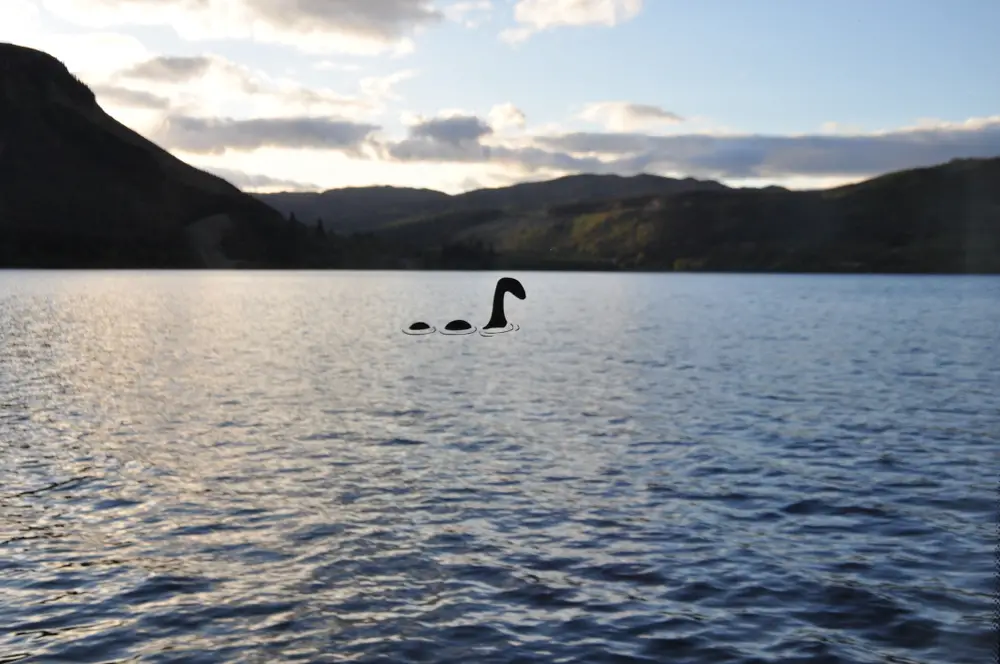
No list of elusive creatures is complete without the Loch Ness Monster, affectionately known as “Nessie.” While not officially extinct—because it was never confirmed to exist—Nessie has captured imaginations for decades. Sightings of this mysterious creature in Scotland’s Loch Ness date back to antiquity and continue to this day. Could a prehistoric survivor, akin to a plesiosaur, be hiding in the lake’s murky depths?
The enduring allure of Nessie speaks to humanity’s love affair with the mysterious and unexplained. It invites endless speculation, scientific inquiry, and storytelling. For many, Nessie represents the tantalizing possibility that the world still holds secrets waiting to be discovered. Whether viewed as a myth or as plausible reality, the Loch Ness Monster continues to be a cultural and scientific curiosity.
